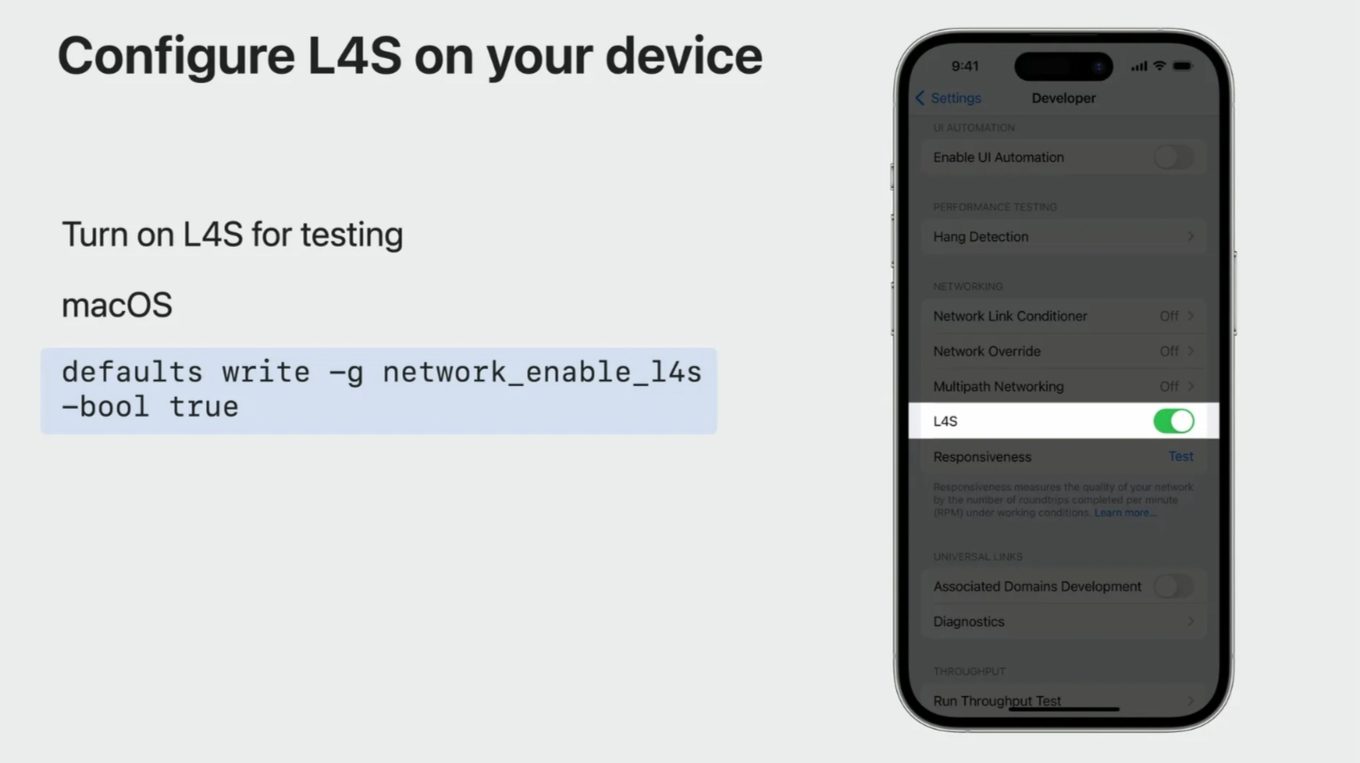
Nowadays, if there is something important at a technological level, it is a good Internet connection and speed. This is something well known by companies, so in this aspect innovation is constant.
The reality is that you often find yourself frustrated with slow website loading, interruptions in video calls, even with high-speed connections. The reason behind this is not always lack of bandwidth, but latencythat is, the time it takes to send and receive data between your device and the server.
When the Internet is slow, it’s not just because there are too many people using it. Most of the applications that are used try to regulate their speed so that everything works well. The problem is that the methods they use to do this haven’t changed much since the early days of the Internet in the mid-1980s. Hence a more modern solution is needed.
One of the latest and most promising initiatives is L4S, backed by giants like Apple, Google, Comcast, and more, which seeks to reduce latency and make the Internet feel faster for everyone. But, How exactly does it work and when will its supposed advantages be experienced?
Why is your Internet still so slow? This is how L4S works
The Internet, simply put, is a complex network that connects your device to servers somewhere. Any obstacle in that path can affect your browsing experience, and even with an ultra-fast connection, if you router, for example, it processes data slowly, that limits your speed.
In recent years, engineers have expressed concern about how traffic management systems, intended to prevent overloading, can slow things down. This is where “buffer inflation” comes into play.
Imagine sending data as Amazon packages. If shipped too quickly, they may be lost. To avoid this, buffers temporarily store packets before sending them. However, these have become so large that packets can wait too long, increasing latency. This is where L4S comes in.
L4S means low latency, low loss, scalable performance. Its goal is to reduce the time packages wait unnecessarily in line. Adds a flag to packets to indicate if they experienced congestion. If they wait too long, they are flagged and devices adjust their speed to avoid worsening congestion, keeping data flowing fast and eliminating interruptions.

In terms of reducing latency on the Internet, L4S or something like it is “a pretty necessary thing,” according to Greg White, a technologist at research and development firm CableLabs who helped work on the standard.
“This buffering delay is typically hundreds of milliseconds and even thousands of milliseconds in some cases. Some of the previous solutions to reduce buffer overhead reduced it to tens of milliseconds, but L4S reduces it to single milliseconds. digit,” he explains.
Although not widely used yet, big names like Comcast, Apple and Google are involved. Some modems already support L4S, and field tests indicate interest and Apple even integrates it into iOS and macOS.
L4S could make a quiet revolution in the user experience on the web, but there is work to be done before it is the norm. Over time, it could enable applications that were not possible before with current latency.



